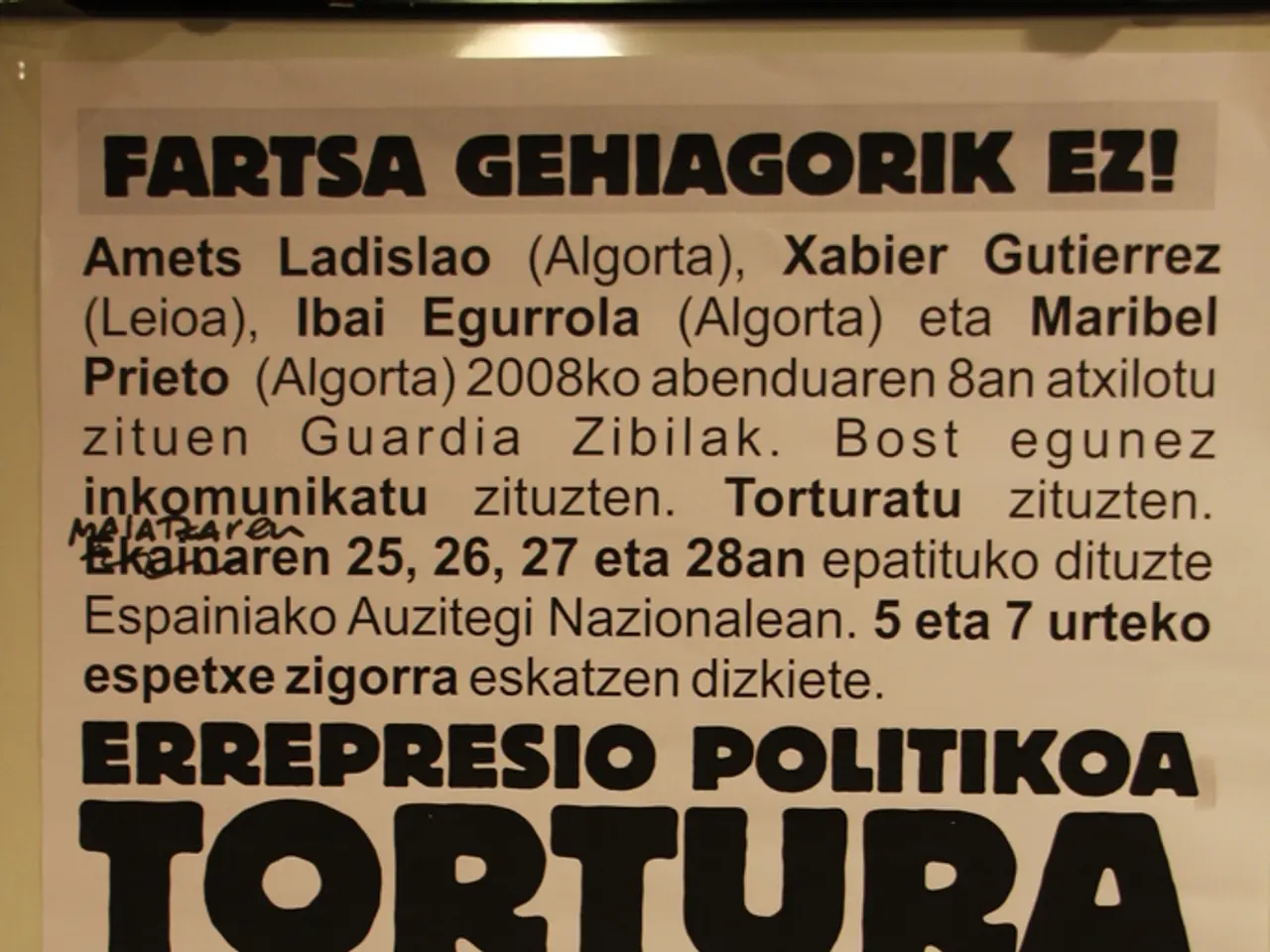"On this Friday, 'History of our cinema' discusses the topic of 'Interior emigration'"
In August, the acclaimed series 'History of Our Cinema' will continue to grace our screens, with the re-broadcast of two seminal films that focus on the social and personal impacts of internal migration in mid-20th century Spain. The films, 'Furrows' (1951) and 'Burnt Skin' (1967), offer a poignant portrayal of the challenges faced by migrants moving from rural to urban environments, and the broader themes of social injustice, economic hardship, and identity crises within Spain’s rapidly changing society during the 20th century.
'Furrows', directed by José Antonio Nieves Conde, is a powerful depiction of rural migrants relocating to Madrid after the Spanish Civil War. The film exposes the tensions between traditional rural values and the challenges of adapting to modern city life, highlighting the difficulties faced by these migrants, including poverty, exploitation, and disillusionment with the promises of urban life. The film's cast includes Luis Peña, María Asquerino, Francisco Arenzana, and Marisa de Leza.
The re-broadcast of 'Furrows' will be accompanied by a colloquium, moderated by Andrea G. Bermejo, editor-in-chief of Cinemanía magazine. The discussion will focus on how our cinema has portrayed internal migration, with contributions from film producer Enrique López Lavigne, a cinephile, and Javier Ocaña, a film critic for El País newspaper.
'Burnt Skin', directed by Antoni Ribas, shifts the perspective to Catalonia, exploring the experiences of migrants moving to industrial areas for work and the socio-cultural tensions arising from identity, economic hardship, and urban alienation. The film features Antonio Iranzo, Marta May, Silvia Solar, and Luis Valero. The colloquium for 'Burnt Skin' will involve discussions with film producer Sandra Forn, daughter of Josep Maria Forn, and other participants.
'Burnt Skin' also portrays the contrast between migrants and the native population, as well as the emergence of European tourism. It captures the emotional and psychological costs of migration, highlighting issues of assimilation and cultural conflict.
These films, set against the backdrop of Spain’s historical context where mass rural-to-urban migration was driven by industrial growth and economic shifts post-Civil War, are culturally and historically significant narratives about internal displacement and social integration challenges in Spain. They mark significant contributions to Spanish social cinema by focusing on marginalized groups and their struggles in the evolving urban landscape.
Don't miss the opportunity to re-visit these influential films as part of 'History of Our Cinema'. The re-broadcast of 'Furrows' and 'Burnt Skin' marks the end of the current season of the series, making it a must-watch for cinema enthusiasts.
The average cinema enthusiast might find interest in the colloquium discussions, as they delve into the portrayal of internal migration in prominent films like 'Furrows' and 'Burnt Skin'. For those seeking insights into society and lifestyle, these films offer a glimpse into the experiences of mid-20th century Spanish migrants, including their fashion-and-beauty choices, food-and-drink preferences, home-and-garden challenges, and education-and-self-development opportunities. Moreover, for travel aficionados, these films present a chance to virtually explore mid-20th century Spain, highlighting both urban and rural landscapes.




